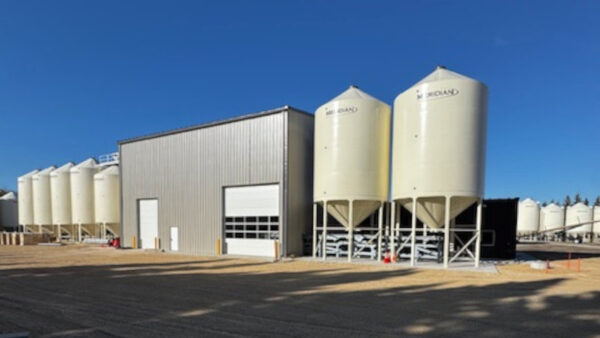This episode is the second of a series profiling young seed industry members. We will profile bright young minds from the sponsors who support this year’s Canadian Plant Breeding Innovation Scholarship program. Listen to the first episode here!
Jeremy Boychyn, Agronomy Research Extension Specialist at Alberta Wheat & Barley, talks to us about his experience working in the industry as a 33-year-old who’s decided to dedicate his life to agriculture.
On his most exciting days
“I love when I’m able to get out into the field, whether I’m either either traveling to a problem field and taking a look and seeing what’s going on there, or working with the local agronomist and having that conversation and then taking that information back to researchers. You know, what’s going on here? What do we do and do not know, and seeing if we can create a diagnosis and a management plan from there. I mean, those are the exciting days as an agronomist, right? The detective work and pulling together all the information you’ve seen, historically, and trying to make a decision.”
What he finds most fascinating about the future of agronomy
“Some of the genetics work that we can do to create a better symbiosis between plants and environmental challenges. Are we able to manipulate that plant so it can better resource whether it be nutrients or moisture from a dry soil? Is it better able to handle extreme conditions? Can we go from being extremely wet to extremely dry without losing half of the root system? What does that look like? I keep coming back to this idea of farmer management as a resolution, like a resolution on your computer, or your TV screen, right? When you work with low resolution, you kind of get the general picture, but the fine details might be missing. And as we take steps up that adoption curve, the resolution of that screen gets stronger, and you get to see more detail. And you can make decisions based on that detail and that full picture is much clearer. But you really need a change in technology to take that leap ahead. So you know, keeping on with the TV metaphor, you get a whole new type of TV that’s able to increase the amount of resolution, well, you’re still back at the other TV, and you have to work your way up that resolution to get the full use out of that new technology.”










